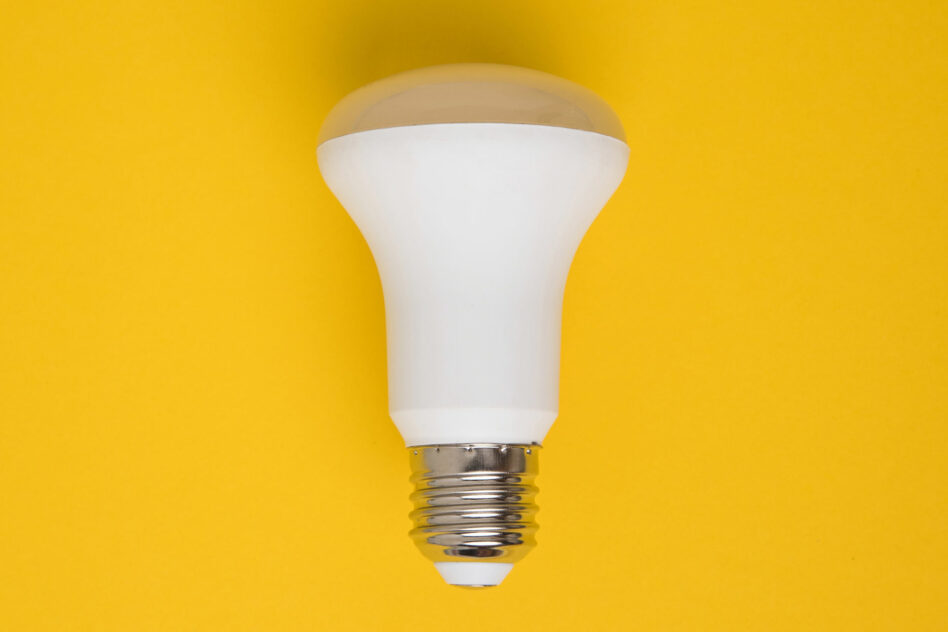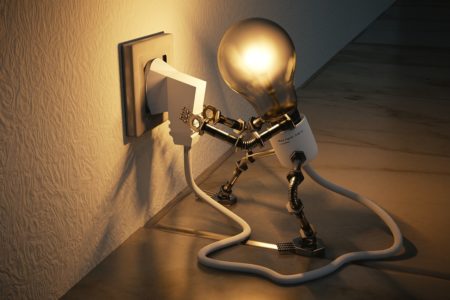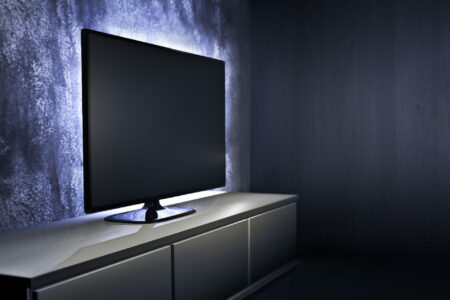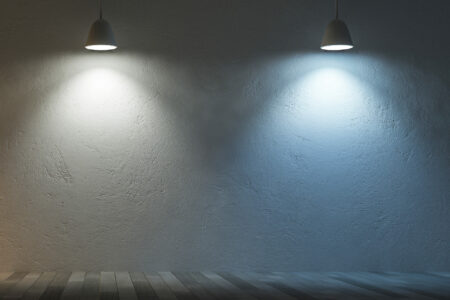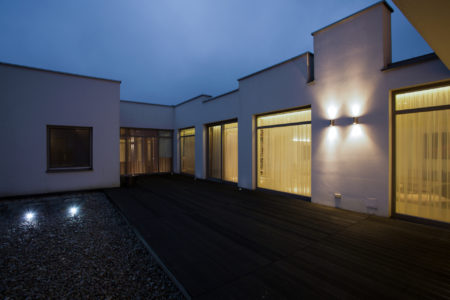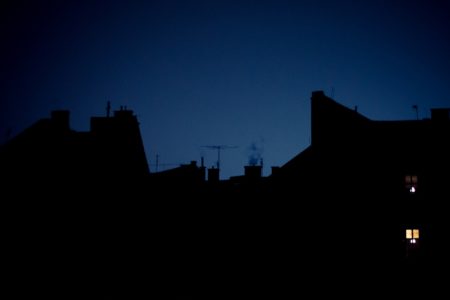When thinking about suitable lights for recessed lighting, BR30 light bulbs are very common. They offer direct, bright light, making the bulbs perfect for various commercial and residential applications. But what exactly is a BR30 light bulb? Keep reading this article to find out!
What Is a BR30 Light Bulb?
BR30 is a term that describes two things: the light bulb’s shape and size. BR is an abbreviation for the bulged reflector, which is the shape of the bulb.
Typically, those light sources have a reflector component inside the lamp, which gives them their distinctive broad base structure. The former component helps increase the amount of light the bulbs put out and evenly spread the beam.
The number 30 refers to the bulb’s diameter, which is 30 eighths of an inch (30/8). In general, BR30 is well-suited for recessed fixtures.
Bulging bulbs are available in various light source options, including LED, CFL, and incandescent.
LED vs. Incandescent vs. CFL BR30 Light Bulbs
As mentioned earlier, BR30 bulbs can use different light sources. Although LEDs have been in the spotlight for a while, incandescent and fluorescent lamps are still available on the market.
So, what’s the difference between those bulbs?
Energy efficiency is the primary difference between LED, CFL, and incandescent BR30 lights. Other features like light quality, color rendering, and color temperature also differ.
Here’s a detailed explanation of each factor:
Energy Efficiency
You might already know that LED lights are the most efficient light source, followed by CFLs, then incandescents. Compared to the latter, BR30 LEDs use at least 75% less energy. Even fluorescents, which are known to save energy, are still less energy efficient than LEDs.
So, why do LED BR30 bulbs save more energy than other light sources? Well, that has to do with how the lamps operate.
Incandescent BR30 Light Bulbs
Incandescent lamps use heat to generate light. Those bulbs contain a metal filament, typically made of tungsten. As the electric current passes through the tungsten, the filament becomes warm. The heating process continues until the filament glows at around 3000 K.
As you can see, a lot of energy is going into heating the tungsten. That’s why those bulbs are hot to the touch after lighting a room for a while.
The problem is that 90% of this heat escapes into the surrounding. Only 10% of the electricity goes into producing the beam, which makes BR30 incandescent bulbs inefficient.
Fluorescent BR30 Light Bulbs
Instead of heating a filament and wasting all that energy, fluorescent light bulbs use mercury gas to emit light.
The illumination process starts by passing an electric current through two electrodes. That energy flow excites the electrons of the mercury vapor. As a result, the small particle jumps to a higher energy level in the gas atom.
Because the former situation causes the molecules to be unstable, electrons return to their original energy level. They do so by losing the energy gained in the form of radiation (UV light). UV light causes an inner phosphor coating to glow, producing a visible beam.
Around 15% of the power is lost as heat since CFLs produce light through the ionization of mercury gas rather than heated filaments. While that sounds great, fluorescent bulbs are still hazardous as they contain toxic mercury.
LED BR30 Light Bulbs
LEDs use most of the electricity in the light they emit. Some LED lamps can even convert up to 90% of the energy into beams! But how does that energy-saving magic happen?
It’s all thanks to the light-emitting diodes (LED) inside the lamp. Each diode contains a semiconductor chip with positively and negatively charged terminals. Electrons collide with positive particles as electric current passes from one terminal to the other.
As a result, the excited electron falls from the higher energy state to ground level, producing light.
The collision process needs less power to produce the same light as CFLs and incandescents. And do you know what comes with consuming less power? Lower electricity bills!
Life Span
Sure, LED BR30s are the most expensive out of the three lamps. However, those bulbs live the longest.
On average, LED light bulbs last between 30,000 and 50,000 hours. CFLs have an average life expectancy of between 10,000 and 15,000 hours.
Incandescent light bulbs rarely exceed 2,000 hours. So, while the latter is affordable, changing them every couple of weeks can cost more than the other lamps.
Not to mention, LEDs are more durable compared to the other two bulbs. The former are typically made of durable plastic, while CFLs and incandescents are made of glass.
Color Rendering
Regardless of the lamp you buy, you’ll always find a color-rendering index (CRI) in the product description. Why is that information important? Because color rendering measures the ability of the bulb to produce accurate colors compared to natural sunlight.
CRI has a scale from 0 to 100. The higher the number, the more accurately the light source shows color. Interestingly, incandescent lights are superior in color rendering compared to LEDs and fluorescents. That’s because incandescent bulbs produce a continuous light spectrum.
Fluorescent lights also have a continuous spectrum; however, it’s still different from incandescent. That’s because fluorescent light produces UV light, which is converted into a visible white beam. So, you can expect some of the blue light to go into the mix.
LEDs are a different story. They can follow the same route as CFLs and convert UV light to white light through the phosphorous coating. Alternatively, the bulb can combine red, blue, and green lights to produce visible light.
Either way, LEDs can emit UV or infrared light along with white beams. That can take away from the color accuracy of the displayed objects.
Color Temperature
Color temperature indicates how warm or cool the light appears. It’s measured in kelvin. Typically, bulbs with a temperature range of 2700-3000 K produce warm, white beams. The higher the number goes, between 3300 and 5300 K, the cooler the light appears.
As you might have guessed, incandescent lamps produce warm, yellow beams. Additionally, those light bulbs are superior when it comes to dimming. So, you can play with light intensity to suit the atmosphere you want in the room.
Fluorescents and LEDs generally produce a blue-white beam. Plus, you need to install compatible dimmers to reduce the light output.
To combine the best of both worlds, you can get a smart LED BR30 lamp so that you can switch between both light shades according to your preference.
